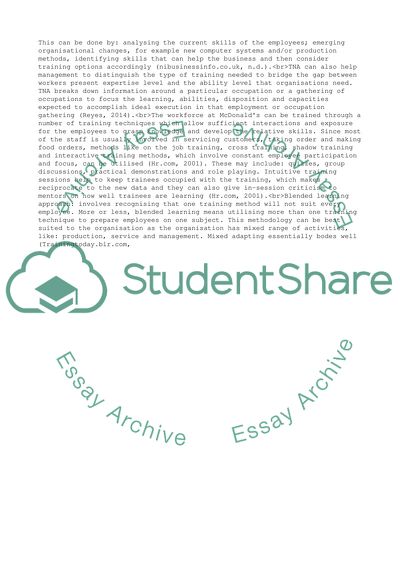Cite this document
(“Understanding training and coaching in the workplace Coursework - 1”, n.d.)
Understanding training and coaching in the workplace Coursework - 1. Retrieved from https://studentshare.org/management/1676277-understanding-training-and-coaching-in-the-workplace
Understanding training and coaching in the workplace Coursework - 1. Retrieved from https://studentshare.org/management/1676277-understanding-training-and-coaching-in-the-workplace
(Understanding Training and Coaching in the Workplace Coursework - 1)
Understanding Training and Coaching in the Workplace Coursework - 1. https://studentshare.org/management/1676277-understanding-training-and-coaching-in-the-workplace.
Understanding Training and Coaching in the Workplace Coursework - 1. https://studentshare.org/management/1676277-understanding-training-and-coaching-in-the-workplace.
“Understanding Training and Coaching in the Workplace Coursework - 1”, n.d. https://studentshare.org/management/1676277-understanding-training-and-coaching-in-the-workplace.


